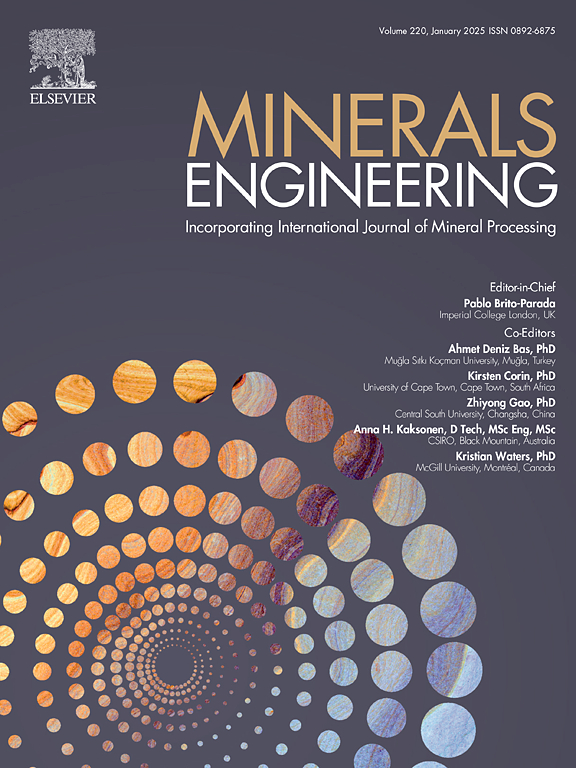Purification of anhydrous aluminum chloride based on the “Aluminum-Containing resources Chlorination-Electrolysis” process
IF 4.9
2区 工程技术
Q1 ENGINEERING, CHEMICAL
引用次数: 0
Abstract
Aluminum is typically produced by processing bauxite through the Bayer process to yield alumina, which is then subjected to electrolysis via the Hall process. This conventional method encounters several challenges, including the scarcity of high-grade ore resources, the inability to process low-grade ores, the generation of red mud as solid waste, difficulties in recovering associated scattered metals, and significant energy consumption during electrolysis. To address these issues and promote comprehensive utilization of solid waste resources in the aluminum industry, along with energy conservation and emission reduction, we propose a novel “aluminum-containing resources chlorination-electrolysis” process. This study primarily investigates the repurification of products derived from the chlorination of aluminum-containing resource pellets. The objective is to satisfy the requirements for anhydrous aluminum chloride purity and yield in various sectors, including aluminum electrolysis, organic synthesis, and pharmaceuticals. The purification procedure employs the chemical reduction method, with a particular focus on analyzing the purification of iron-aluminum chlorides. This analysis integrates thermodynamic analysis, the physical properties of chlorides and experimental verification to offer profound insights into the underlying mechanism, specifically tackling the challenge of separating gaseous iron-aluminum complexes. Our findings indicate that under conditions of 230℃, the addition of 1.5 g of aluminum powder, and a reaction duration of 1 h, the purity of aluminum chloride can be enhanced from 90 % to 99.14 %, achieving an approximate yield of 95 %.

求助全文
约1分钟内获得全文
求助全文
来源期刊

Minerals Engineering
工程技术-工程:化工
CiteScore
8.70
自引率
18.80%
发文量
519
审稿时长
81 days
期刊介绍:
The purpose of the journal is to provide for the rapid publication of topical papers featuring the latest developments in the allied fields of mineral processing and extractive metallurgy. Its wide ranging coverage of research and practical (operating) topics includes physical separation methods, such as comminution, flotation concentration and dewatering, chemical methods such as bio-, hydro-, and electro-metallurgy, analytical techniques, process control, simulation and instrumentation, and mineralogical aspects of processing. Environmental issues, particularly those pertaining to sustainable development, will also be strongly covered.
 求助内容:
求助内容: 应助结果提醒方式:
应助结果提醒方式:


